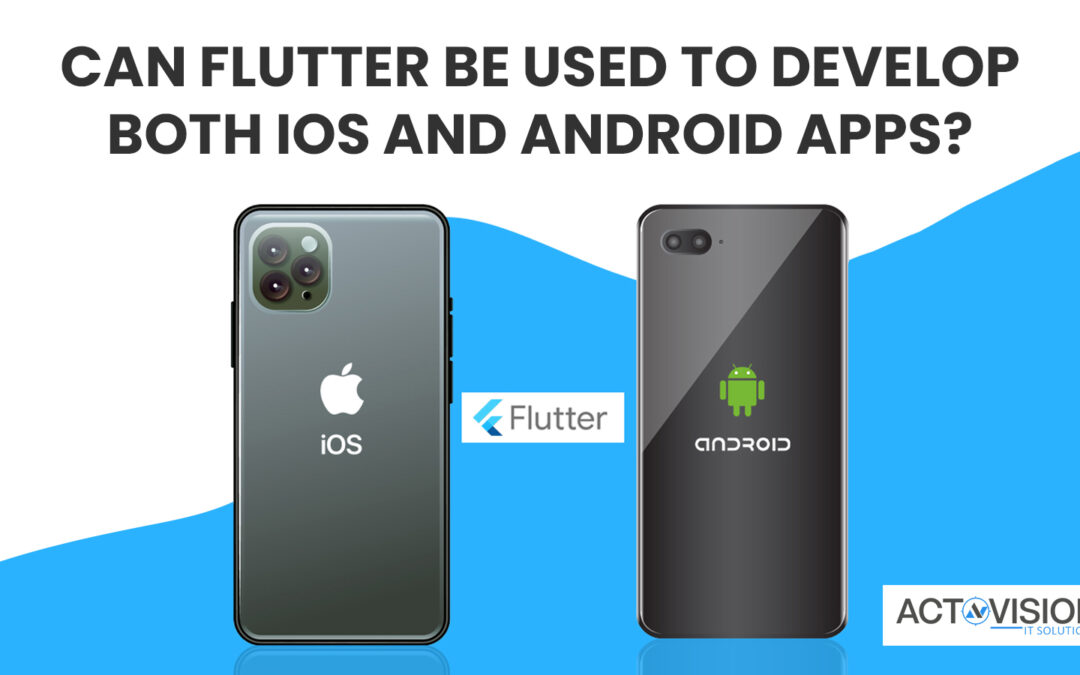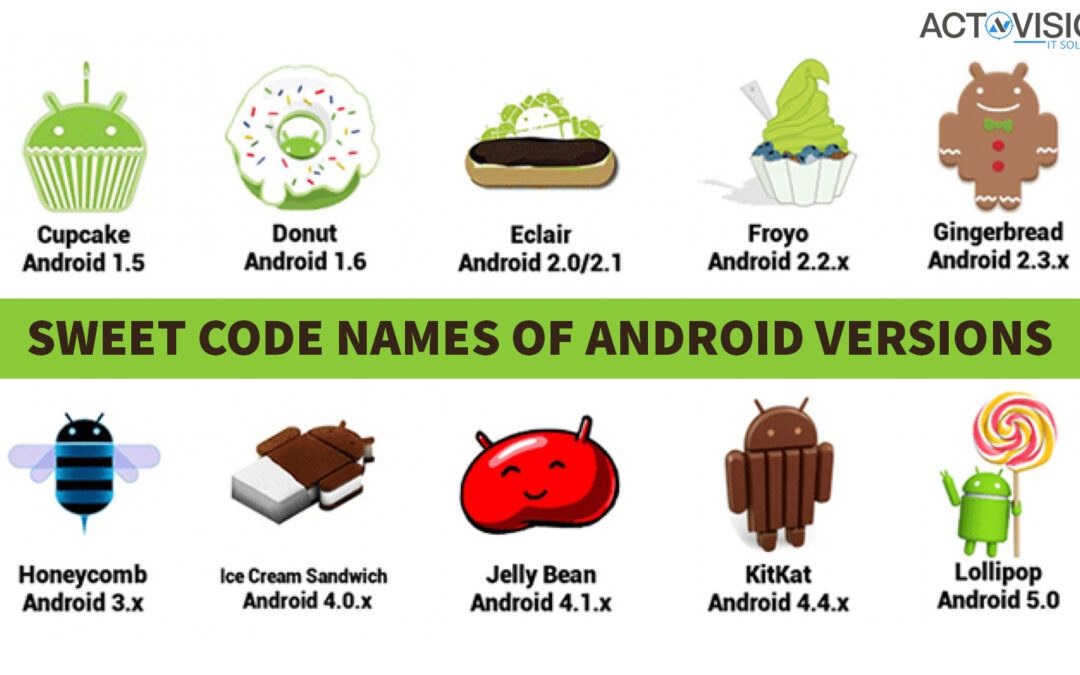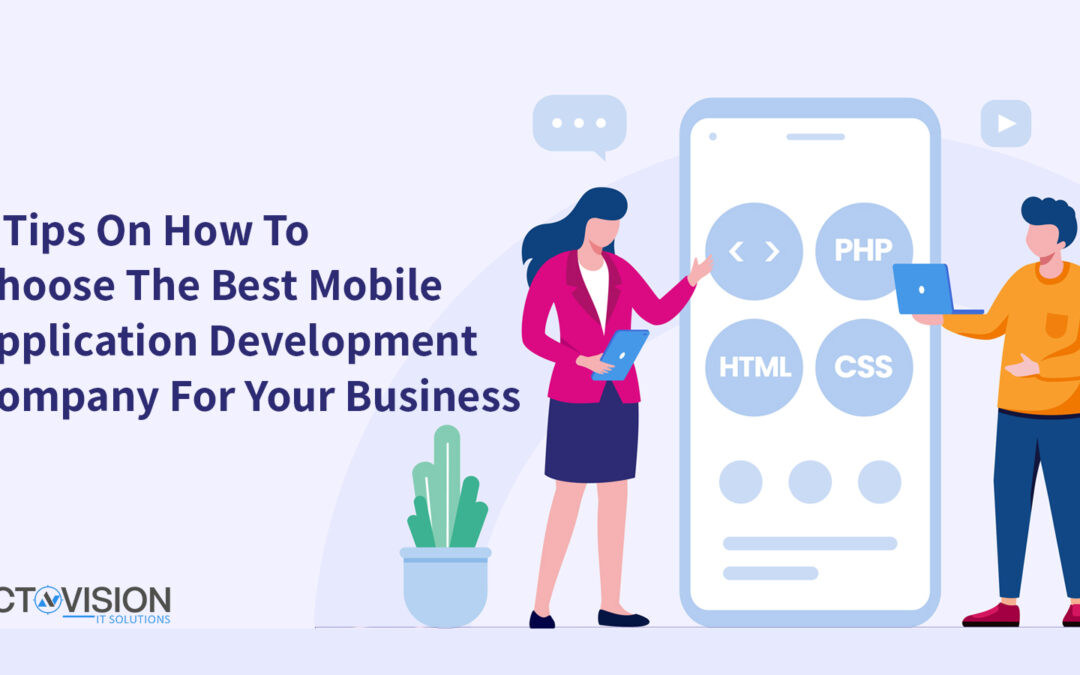
by actovision | Feb 28, 2023 | Mobile app Development
Are you looking for a way to develop mobile apps for both iOS and Android platforms? Then look no further than Flutter! Flutter is an open source mobile app development framework developed by Google that allows developers to create cross-platform mobile applications for both iOS and Android operating systems. In this blog post, we’ll discuss why Flutter is an ideal choice for developing apps for both iOS and Android.
What is Flutter?
Flutter is an open-source mobile application development framework created by Google. It is used to develop applications for both iOS and Android operating systems. Flutter is written in the programming language Dart, which allows for faster development with a single codebase for both platforms. With Flutter, developers can easily create beautiful, fast, and dynamic UI that can be used across devices with the same code. Flutter also provides a wide range of features, such as gesture recognition, animations, material design components, and more. With its ever-expanding library of widgets and packages, developers can quickly get started creating their apps with minimal effort.
What are the benefits of using Flutter to develop apps for both iOS and Android?
Flutter is an open-source UI framework created by Google that allows developers to quickly build beautiful, high-performance, and cross-platform applications for both iOS and Android. With Flutter, developers can create a single codebase that can be used on both platforms, making development simpler and faster.
One of the major benefits of using Flutter for developing apps for both iOS and Android is its highly responsive nature. Flutter is designed with Material Design principles, meaning the apps it builds are built on the same language that is used to build the Android operating system. This makes it easier to maintain and update the apps. Additionally, Flutter’s reactive programming model enables developers to create highly interactive user interfaces without needing to write complex code.
Another great benefit of using Flutter to develop apps for both iOS and Android is its low cost of development. Since Flutter works with a single codebase, developers don’t need to spend extra time and resources creating separate versions of the app for each platform. This helps to save money, as well as time and energy.
Lastly, Flutter provides access to a wide range of libraries and packages, making it easier to create more powerful and feature-rich applications. Additionally, since the framework is open source, developers can access tools and resources which are not available in other frameworks. This makes Flutter a very versatile tool for creating powerful mobile applications for both iOS and Android platforms.
How can I get started with using Flutter to develop apps for both iOS and Android?
If you’re looking to get started developing apps for both iOS and Android using Flutter, the first thing you’ll need to do is download the Flutter SDK. This SDK will give you the tools you need to start building apps using the Flutter framework.
Once the SDK is installed, you’ll be ready to start coding your app using either the Dart language or the Swift language. Depending on which language you choose, there are different development tools available. For instance, if you choose to use Dart, you can use either Android Studio or Visual Studio Code. On the other hand, if you decide to use Swift, Xcode is your only option.
Regardless of which language you choose, you will also need an appropriate development environment in order to debug your code and see the results of your work. Again, depending on which language you decide to use, this may be either Android Studio or Xcode.
Finally, when you’re ready to release your app, you’ll need to submit it to either the App Store or Google Play, depending on which platform you’re targeting. Be sure to read up on the guidelines for each platform before submitting your app to make sure it meets all the requirements.
Using Flutter to develop apps for both iOS and Android is a great way to save time and resources. It takes a bit of effort and knowledge to get started, but once you do, you’ll be able to create great apps that can run on both platforms without having to build separate versions.

by actovision | Feb 20, 2022 | Mobile app Development
Sweet Code Names of Android Version:
Google’s Android division certainly has a sense of humor. It named all of its version codenames after desserts. Though the first version of the OS (1.0) that was publicly released in Sept. 2008 did not have a code name at all, either internally or publicly. According to Android engineer Jean-Baptiste Queru Android 1.1, released in Feb. 2009, didn’t have a public code name. However, it reportedly used the internal name “Petit four” while it was in development at Google. The name refers to a French dessert. The catchiest part is the Android version names go by dessert names and by alphabetical order for the most part. So let’s check out different versions of Android OS and the desserts associated with them.
Android 1.5: Cupcake
Technically Android 1.5 received its first official codename which was supposed to be version 1.2, but Google decided to make it a major revision and made it 1.5 instead. It added quite a few new features and improvements than previous ones such as the ability to upload videos to YouTube, a way for a phone’s screen display to automatically rotate to the right positions, and support for third-party keyboards.
Android 1.6: Donut
Android V1.6, codenamed “Donut,” was released in September 2009.The new features included support for carriers that used CDMA-based networks. This allowed Android phones to be sold by all carriers around the world. Other features included the introduction of the Quick Search Box, and quick toggling between the Camera, Camcorder, and Gallery to streamline the media-capture experience. Donut also introduced the Power Control widget for managing Wi-Fi, Bluetooth, GPS, etc.
Android 2.0 and 2.1: Eclair
Android 2.0 was released in October 2009. This version was the first to add text-to-speech support, and also introduced live wallpapers, multiple account support, and Google Maps navigation, among many other new features and improvements.
Android 2.2: Froyo
Android 2.2 Froyo officially launched in May 2010 abbreviation to frozen yogurt. Smartphones with Froyo installed could take advantage of several new features, including Wi-Fi mobile hotspot functions, push notifications via Android Cloud to Device Messaging (C2DM) service, flash support, and more.
Android 2.3, 2.4: Gingerbread
On December 6th, 2010, Google officially announced the first phone with Android OS 2.3 Gingerbread. Gingerbread made the Android experience simpler and faster for both users and developers. Gaming reached new heights, battery life lasted longer and NFC support spawned a whole new category of apps.
Android 3.0, 3.1, and 3.2: Honeycomb
Honeycomb was released in February 2011, and was rapidly followed by 3.1 and 3.2 in July and August of 2011. Honeycomb ushered in the era of tablets with a flexible interface design that showcases large imagery and seamless on-screen navigation.
Android 4.0: Ice Cream Sandwich
Ice Cream Sandwich was officially released in October 2011. It featured a new design and default font, as well as the ability to monitor and limit mobile data usage and other upgrades.
Android 4.1: Jelly Bean
Jelly Bean came out in 2012. Intelligence permeated all facets of Jelly Bean which ushered in the era of personalised mobile assistance with Google Now. It also made notifications more actionable and allowed one device to work for multiple user accounts.
Android 4.4: KitKat
Google announced that Android 4.4 would be named KitKat on September 3, 2013. Android KitKat helped you get things done with just the sound of your voice – just say “OK Google” to launch voice search, send a text, get directions or even play a song. And when you are hands on with your device, a new immersive design brings your content to centre stage. Android 4.4 takes system performance to an all-time high by optimising memory and improving your touchscreen so that it responds faster and more accurately than ever before. The new phone app automatically prioritises your contacts based on the people that you talk to the most. You can also search for nearby places and businesses, your contacts or people in your Google Apps domain. From apps like Quickoffice, you can open and save files on Google Drive, other cloud storage services or your device. And with quick access to recently used files, it’s easier than ever to send the file that you were just working on.
Android 5.0: Lollipop
Android arrives on screens big and small – from phones and tablets to watches, TVs and cars. Lollipop has a bold visual style and the fluid tactile response of Material Design. Lollipop also contains other UI improvements and has an excellent battery life on some devices.
Android 6.0: Marshmallow
Marshmallow was launched in the fall of 2015. Now there’s more to love about your mobile device: easy shortcuts to smart answers with Now on Tap, battery life that can last longer and new app permissions that give you more control. Android Marshmallow lets you define what you want to share and when. Turn permissions off at any time, too. Now you can skip the crazy passwords. The key is at hand. Your fingerprint unlocks your phone and lets you securely breeze through sign in, the Play Store and even in apps.
Android 7.0: Nougat
Version 7.0 of Google’s mobile operating system launched in the fall of 2016.Nougat’s many new features included better multi-tasking functions for the growing number of smartphones that have bigger displays, such as split-screen mode, along with quick switching between apps.
Android 8.0: Oreo
In March 2017, Google officially announced and released the first developer preview for Android O, also known as Android 8.0. In August, Google confirmed that Oreo would indeed be the public name for Android 8.0. Android Oreo packs in lots of visual changes to the Settings menu, along with native support for picture-in-picture mode, notification channels, new autofill APIs for better management of passwords and fill data, and much more.
Android P
Google recently released the first Android P Developer preview. There are a few features that make it stand out. Android P is likely to be released to the public this fall. The overall look and feel of Android P so far seems very familiar, coming from Google Pixel’s Android Oreo interface. Android P gives you everything you need to make your apps compatible and build for the next version of Android. It’s free, and you can get started right away just by downloading the Preview tools. The P Developer Preview includes everything you need to test your existing apps on a variety of screen sizes, network technologies, CPU/GPU chipsets, and hardware architectures.

by actovision | Feb 4, 2022 | Mobile app Development
In today’s connected world, mobile applications are more important than ever before. And businesses are ready to capitalize on this by hiring the best mobile application development company in the business. But how do you know what company will be best for your business? Follow these seven tips on how to choose the best mobile application development company for your business and you’ll soon be enjoying all of the benefits an app can bring to your bottom line!
1) Consider their experience
It’s not just about choosing a Mobile App Development Company, it’s about finding one that is experienced in working with companies similar to yours. If you have an innovative idea but aren’t sure where to start, enlisting an expert can make all of the difference.
2) Look at their portfolio
Whenever you’re considering a new development partner, take some time to review their portfolio. You don’t need to become an expert in mobile app design, but it’s important that you have a general idea of what makes an app appealing and intuitive. Make sure there is variety in terms of platform (i.e., if you want an iOS app, check that they have examples on their site), size and scope (number of features). This can give you some good insight into whether or not a particular company will be able to meet your needs as well as help you get excited about working with them!
3) Know what you need
Choosing a mobile app development company can be one of the most important business decisions you make. Businesses that don’t take enough time to plan out and research their options may end up with a service that doesn’t meet their needs or deliver what they expected. In order to choose a mobile app development company, there are several things you should consider before making a final decision. With careful planning and research, you can find a mobile app developer that provides solutions that match all of your requirements.
4) Understand their costing policy
The first thing you need to do is ask their pricing policy. Understand their costing policy and terms & conditions. With out these things, you will have a hard time working with them and might even end up in a sticky situation. So, if you want to work with an ideal mobile application development company, then make sure that all terms are clear-cut and discussed before starting development process.
5) Know them well before hiring them
As with any hiring decision, it’s critical that you know exactly what you’re looking for and have a realistic understanding of what each option has to offer. There are five things you should know about each potential development firm before making a final decision: their process, their goals, their processes, their delivery model and their methodologies.
6) Try out their Demo app
It is always recommended that you check out some of their previous work, or talk with them about past clients and references. Many companies have websites displaying samples of their work. It is also a good idea to view their demo app before paying any money to make sure that you are in agreement with their design. Not only will you be able to see what they can do, but they might just give you ideas as well!
7) Talk to some of their clients.
it’s always a good idea to reach out and talk with existing clients. If you find an agency that’s right for you, make sure they have some projects that are similar in scope and size. If they don’t, it might be time to look elsewhere. If you are looking for Mobile Application Development company, Contact Actovision Now.



